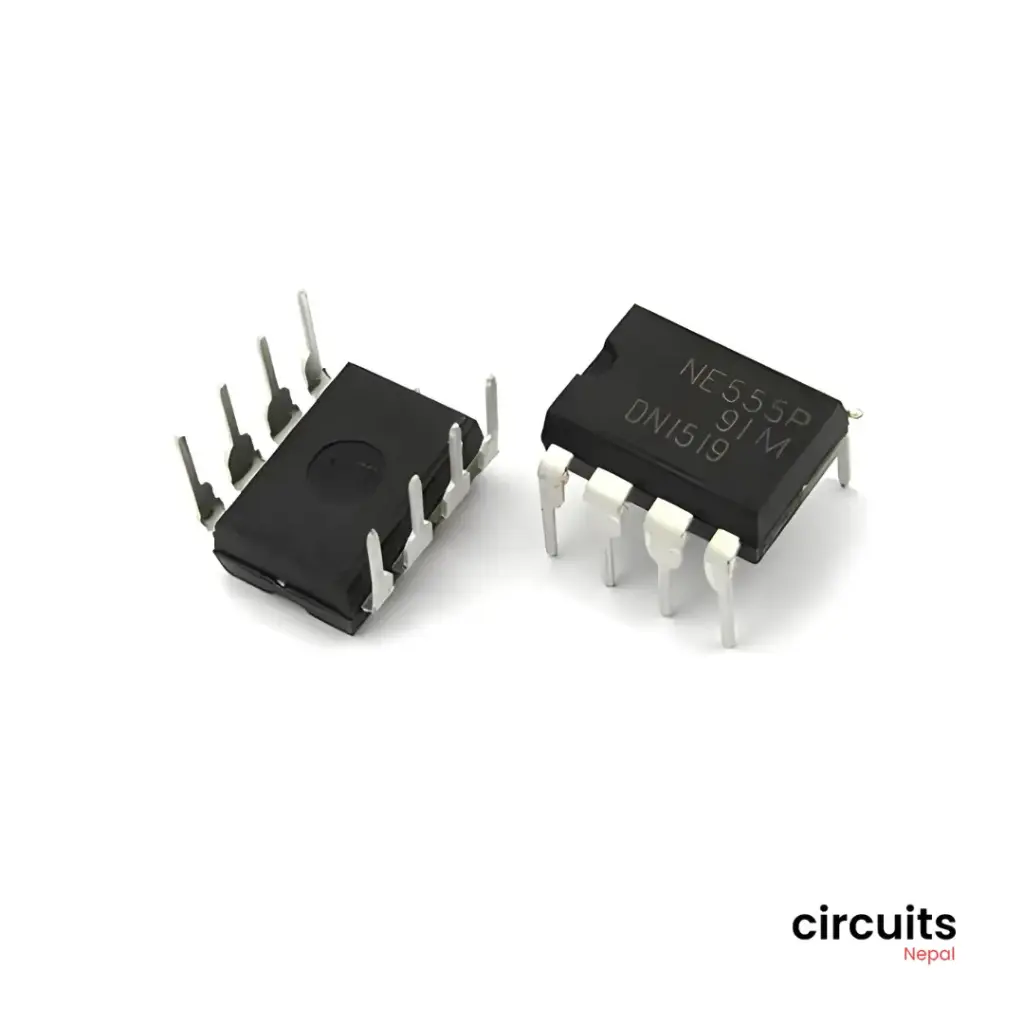The 555 timer IC is a small but powerful chip used in a wide range of applications, including timers, pulse generation, and oscillators. It’s great for creating time delays, working as an oscillator, or even acting as a flip-flop. Some versions of the 555 can provide up to four timing circuits in one package. These timers are known for their precision and can produce accurate time delays or oscillations.
In the monostable (time-delay) mode, the timer’s time interval is controlled by an external resistor and capacitor. In the astable mode, you can independently control the frequency and duty cycle using two resistors and one capacitor. The timer has specific voltage levels for triggering the output: the threshold and trigger levels are usually two-thirds and one-third of the supply voltage (VCC). These levels can be adjusted with the control voltage pin.
When the trigger input drops below the trigger level, the timer’s flip-flop is set, and the output goes high. If the trigger is above the trigger level and the threshold is also above the threshold level, the flip-flop resets, and the output goes low. The reset (RESET) pin can be used to force the timer to start a new timing cycle. When RESET goes low, the output goes low, and a low-impedance path is created between the discharge (DISCH) pin and ground.
The 555 timer can sink or source up to 200 mA of current, making it suitable for many different circuits. It works with a supply voltage between 4.5V and 18V. At 5V, the output levels are compatible with TTL (Transistor-Transistor Logic) inputs. The NE555 version works between 0°C and 70°C, while the more durable version can handle temperatures from -40°C to 85°C. The military-grade version operates in even more extreme conditions, from -55°C to 125°C.
Terms and Conditions
Shipping: 2-3 Business Days
